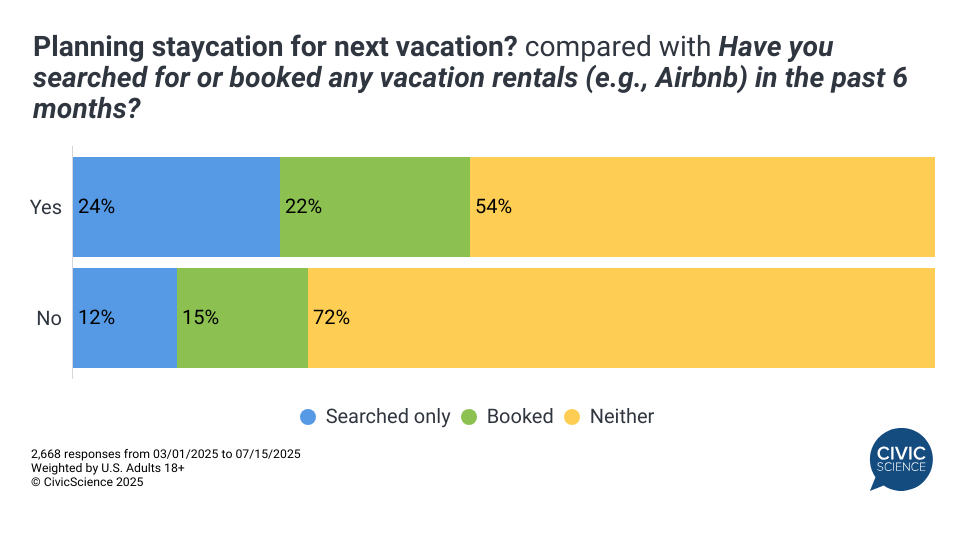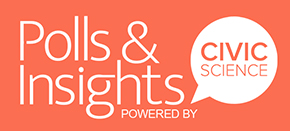With peak vacation season well underway, now is the time when social media feeds overflow with images of Euro-trips, Disney parks and all manner of time spent out-of-office. However, not everyone chooses to use their vacation for travel. In fact, 17% of U.S. adults are planning a staycation–staying at (or close to) home and seeing local attractions–for their next trip. To better understand staycationers, CivicScience dove into the data.
With 22% of adults aged 18-29 opting for a staycation, Gen Z is leading the way back home this summer. Although staycation intenders decrease as age increases, income is not a major factor, suggesting that the motivation for a staycation is not largely driven by money.
What might be motivating Americans to stay home? Several factors, including stress and anticipated debt, rise to the surface. Those who report higher levels of stress are more likely to be planning to stay home, as are those who are anticipating acquiring more debt in the next six months. However, despite this assumption of impending debt, staycationers are more likely to order out 2-3 times a week than other Americans–a riddle for their bank accounts.
Of course, just because staycationers are relaxing at home, it doesn’t mean they haven’t caught the travel bug. In fact, staycationers are nearly twice as likely as others to have watched the Travel Channel in the last 30 days. They’re also twice as likely to have searched for vacation rentals, without booking.

And while 35% of those planning a staycation use social media for two or more hours each day, just 26% of those taking a traditional vacation say the same. This means that there will be plenty of time to keep an eye on how everyone else is spending their summer.
Clearly, staycations have retained their appeal. Especially for those who are looking to spend less and skip the stress of travel, this option provides a little breather from everyday life, with a slightly different price tag.
Love taking polls? Sign up to participate in the Poll of the Day here.
This article’s data comes solely from CivicScience’s database, which contains nearly 700,000 poll questions and 5 billion consumer insights.

